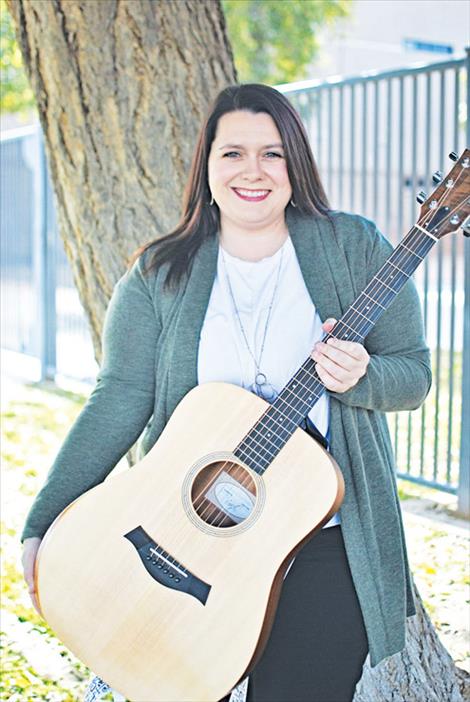Reaching for the Stars
Hey savvy news reader! Thanks for choosing local.
You are now reading
1 of 3 free articles.
News from PEO Chapter AI and Laura Rost
POLSON — PEO Chapter AI of Polson is sending a virtual bouquet of marguerite daisies to Laura Rost, a recent recipient of a PCE grant sponsored by the chapter. The grant, part of a “Program for Continuing Education,” is meant to provide funds for women whose education has been interrupted and who need to return to school to gain financial stability. The program is nationwide and also includes Canada; competition is stiff.
PEO is an international philanthropic organization that seeks to encourage, support and provide funds to service women’s educational needs, transforming their lives. Several different awards, scholarships, loans and grants are opportunities offered by PEO.
Chapter AI is one of many long-time chapters in Montana. Laura’s name was brought to the Education Committee by Shannon Nunlist. The committee’s first interview with Laura was stellar, and we knew we had a candidate with dreams of “reaching for the stars,” a PEO motto. Members of the committee, including Shannon, Sue McCormick, Carolyn Heinz and Nancy Teggeman, went to work gathering information and writing the application for Laura, while she did her part of the work. We were all ecstatic to hear of her grant award and the entire chapter wishes her continued success in her journey to help the world become a better place through music therapy.
From Laura Rost:
First, I would like to extend my sincerest thanks to the PEO Chapter AI for thinking of and supporting me through this entire process. When they first contacted me this last July, I was so humbled and honored to even be considered. To say I was in disbelief when I found out I was selected as the recipient is an understatement.
Most of the time, when I tell people my intended career path, I get confused looks. This just makes me want to spread awareness even more. So, since I have had the pleasure of informing the PEO Chapters about the ins and outs of music therapy, I would also like to shed some light on it for Mission Valley community.
What is music therapy?
Music therapy is an evidence-based profession where a board-certified music therapist creates a structured space for clients to achieve individualized goals and promote life-long change through musical mediums. These goals can fall among the cognitive, physical, psychological, developmental, social and emotional domains. Most people immediately think about how they listen to music to alter their mood or motivate themselves, but music therapy can be utilized to achieve a multitude of various other goals. Examples include: decreasing negative behaviors, improving social skills, improving group cohesion, developing appropriate and healthy coping skills, improving fine or gross motor movements, improving memory and even improving infant suck-swallow-breathe mechanisms … and the list goes on.
How is this done?
Music therapists use musical and non-musical interventions. Drum circles, songwriting and lyric analysis are popular interventions for increasing group cohesion, social skills, and emotional expression. Games such as Musical Bingo and Name That Tune can be useful for memory related goals. One of the most common questions surrounding this profession is “what kind of music do you use?” The answer is client-preferred music. This works well as it serves as motivation and a means of enjoyment for the client, which results in a higher chance they will participate and be successful in therapy. The beauty of this profession is that each client will present with their own set of strengths and needs, but not a single person’s therapeutic journey will be the same.
Why music therapy?
While my response to this question is really, “to help people,” this response however is it too vague to do the field justice. Looking back, all of my previous career interests also involved helping others. I began college pursuing pediatric respiratory therapy and then later switched to music education. While music education would have given me the ability to share with others my musical knowledge, this still did not feel like my true calling. With music therapy, the various populations that I could help are nearly endless. Educating about and being an advocate for the benefits of music therapy as well as giving musical exposure to people who may not otherwise have musical experiences or opportunities – these are my goals.
I am currently working as a student music therapy intern at Arizona State Hospital, an in-patient psychiatric facility. Here, I will spend six months under the supervision of three board certified music therapists from three campuses. I will have the opportunity to facilitate groups and accomplish one-on-one music therapy sessions. After completing my internship, I will sit for my CBMT exams, and finalize one more year of coursework. Upon graduation, I hope to work in either a mental health facility or in trauma care with the VA.
Thank you again Carolyn, Nancy, Shannon, Sue and Polson PEO Chapter AI.
















